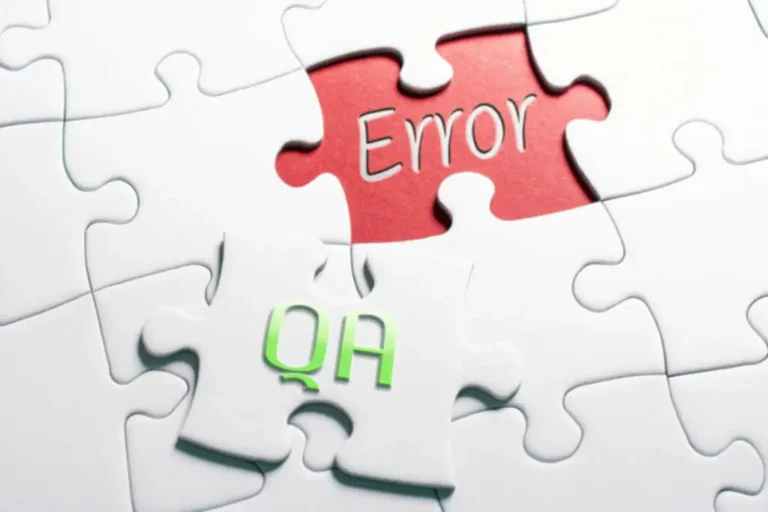Amongst these methodologies, static evaluation stands out as an important follow that enhances code quality and overall software integrity. With the advent of cloud computing, the utilization of cloud-based static evaluation instruments is growing. Cloud-based options provide scalability, flexibility, and accessibility, making static evaluation more environment friendly and convenient.

One frequent fantasy is that static analysis is infallible, resulting in a false sense of security. Whereas it could discover a vary of points, static evaluation just isn’t a comprehensive solution and must be used at the side of dynamic analysis and rigorous testing methods. Moreover, the insights gained from static evaluation could be invaluable for auditing functions. Organizations can preserve complete data of identified vulnerabilities and the steps taken to mitigate them, which could be essential during compliance checks or security assessments.
Enhancing Code High Quality
Static evaluation tools often struggle with figuring out complex safety vulnerabilities, such as authentication issues, access control flaws, and improper use of cryptography. These instruments might solely catch a small proportion of potential security flaws, leaving functions vulnerable to sophisticated assaults. The process of static analysis begins with parsing the source code to create an Abstract Syntax Tree (AST). The AST is a hierarchical illustration of the supply code, capturing its construction and syntax. Once the AST is built, the static analyzer applies a set of predefined guidelines to identify code violations and potential points.
In the realm of software development, static analysis assists teams in adhering to coding standards, improving code high quality, and ensuring maintainability. Many organizations combine static analysis as a routine a half of their development workflow, primarily through the construct course of. This proactive strategy minimizes integration problems and facilitates smoother deployment. In order to make sure a clean and comprehensive adoption of static evaluation tools, organizations must consider the methods in which developers will most successfully make the most of these instruments. Static analyzers should also combine seamlessly into developers’ IDEs, GitOps strategy, and CI/CD workflows. By training fashions on large codebases, static analysis instruments can study patterns, establish https://www.globalcloudteam.com/ anomalies, and improve the accuracy of bug detection.
Enhancing Security Through Static Evaluation
- Not Like dynamic evaluation, which exams code throughout runtime, static evaluation permits builders to detect and handle points early in the improvement process, lengthy earlier than the code is deployed to production.
- As Quickly As the code is written, a static code analyzer ought to be run to look over the code.
- Organizations can maintain comprehensive records of identified vulnerabilities and the steps taken to mitigate them, which may be crucial throughout compliance checks or safety assessments.
- Static analysis encourages adherence to finest practices by flagging the utilization of deprecated or unsafe code.
In addition to detecting frequent safety points, static evaluation tools can even assist developers adhere to secure coding practices and guidelines. By figuring out potential issues in the code, builders can proactively tackle them earlier than executing the program. Debugging and error detection capabilities in static analysis instruments present valuable insights into the code’s behavior and potential pitfalls, helping developers produce strong and dependable software program. Moreover, static analysis tools function a priceless useful resource for implementing coding requirements and finest practices within growth groups. By adhering to established coding guidelines, builders can improve the overall code quality, promoting maintainability, readability, and ease.
Lowering Software Bugs Via Static Analysis
This collaborative surroundings not solely enhances the overall quality of the codebase but additionally encourages information sharing and mentorship amongst junior and senior developers alike. Furthermore, cloud-based static analysis instruments provide a centralized platform for collaboration and information sharing among development groups. Developers can easily share analysis results, discuss potential points, and collectively work towards enhancing code quality.

Technology-level instruments will check between unit packages and a view of the general program. Earlier Than committing to a device, an organization should also make sure that the device supports the programming language they’re using as nicely as the requirements they need to adjust to. With Out having code testing instruments, static evaluation will take a lot of work, since humans will have to review the code and work out how it will behave in runtime environments. Getting rid of any lengthy processes will make for a more environment friendly work environment. I use Sensei in combination with different Static Evaluation tools e.g. most Static Analysis instruments will find issues, however not repair them.
In easy terms, static analysis, or static code analysis scans your code to identify potential bugs, weaknesses, and anti-patterns—all without really executing the code. It is essential for builders to rigorously review and validate the reported points to inform apart between false positives and true defects. This process requires a deep understanding of the codebase and the logic behind the tool’s evaluation. Moreover, fine-tuning the device’s configurations and rules can help scale back the incidence of false outcomes, enhancing the overall effectiveness of static evaluation. Static analysis encourages adherence to finest practices by flagging using deprecated or unsafe code. This proactive approach helps builders keep up to date with the latest coding standards and reduces the probability of introducing bugs or vulnerabilities into the codebase.

This consists of identifying the attainable routes that this system can take based mostly static analysis definition on different circumstances and inputs. By mapping out these management move paths, static evaluation tools can uncover vulnerabilities similar to sudden program behaviors, security loopholes, and efficiency bottlenecks. To handle these challenges, Armur AI’s code vulnerability scanning tool offers a more sophisticated answer.
Static analysis is a vital approach for guaranteeing reliability, safety, and maintainability of software functions. It helps developers determine and repair points early, enhance code high quality, enhance safety, ensure compliance, and improve effectivity. Using static evaluation instruments, builders can construct higher quality software program, reduce the danger of safety breaches, and minimize the time and effort spend debugging and fixing points Application Migration.
That signifies that tools could report defects that don’t really exist (false positives). Static code evaluation also helps DevOps by creating an automated suggestions loop. Static evaluation is often used to comply with coding pointers — such as MISRA.

Neueste Kommentare